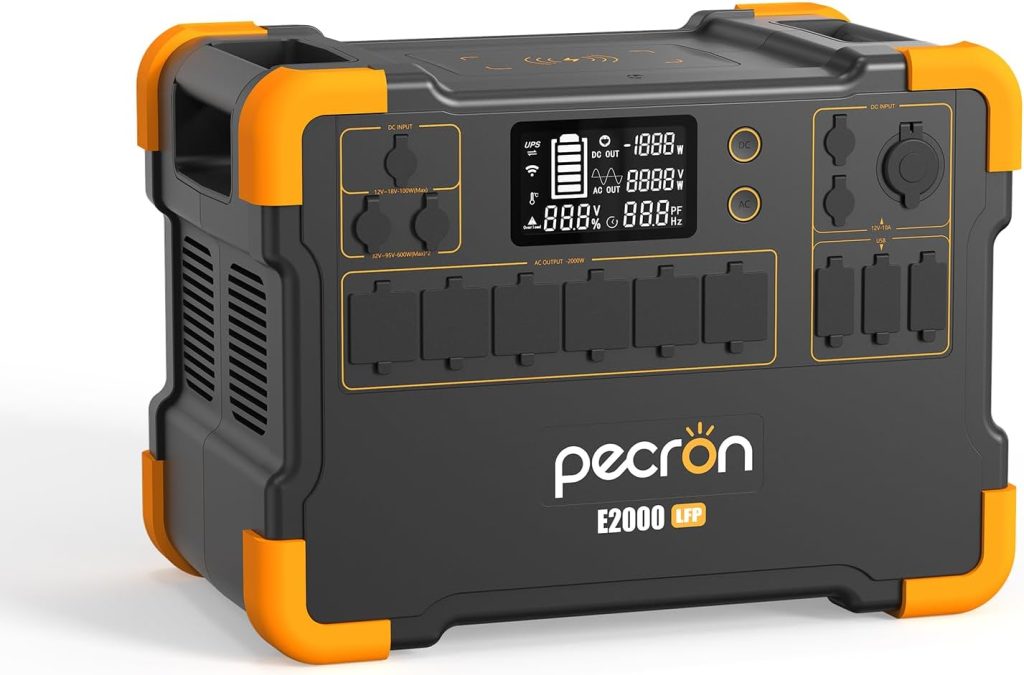When the electric grid goes down, you’ll want to be able to power some essential devices in your home. There are plenty of options in the market these days, and we go over the specifications you should look for to help you decide what is appropriate for your situation.
Your Power Requirement For Essential Devices
The first thing you should think about is what you would need to power during a power outage.
A Watt (W) is a unit of power and is defined by Volts (V) x Current measured in Amps (A).
Let’s say you would like to power:
3x lamps @ 15W = 45W
1x laptop @ 65W
1x CPAP machine @ 30W
1x freezer @ 100W* = 33.3W
Total = 173W (rounded to a whole number)
* Rule of thumb is that a freezer or refrigerator uses its compressor about a third of the time, so it’s hourly average would be about 100W / 3 = 33.3W.
This would roughly mean a 3000Wh (Watt Hour) power supply would power those six devices drawing an average of 173W for about 17 hours (3000 / 173 = 17.3).
Battery Chemistry
There are two major battery types – Lithium Ion (Li-ion) and Lithium ion phosphate (LiFePO4).
Lithium ion is lighter, but has significantly fewer charge cycles and life expectancy than Lithium ion phosphate. While the latter can weigh 30% more, the multiples more of cycles and longer life expectancy is worth it especially in an emergency situation.
I would suggest selecting LiFePO4 batteries.
| Lifespan | Charge cycles | Weight | Stability | |
| Li-ion | 2-3 years | 500-1000 | Lighter | Less |
| LiFePO4 | 10 years+ | 1000-10000 | Heavier (30%+) | More |
Solar Charging
Most power supplies will have the ability to charge from both AC sockets and solar panels. The number Solar Max will show you how quickly the device can be charged through solar. Higher numbers mean faster charging times.
The ability to charge through solar panels is essential in a grid-down situation.
Continuous and Peak Power
Some devices will require surges of power beyond their stated wattage requirements. If this is the case, you’ll want a battery that can provide a higher Peak wattage.
Sine Wave Inverter
Batteries provide power in DC (Direct Current). Most of the appliances we use are powered by AC (Alternating Current) from the electric grid. AC currents rapidly flow in both directions and when this current is plotted against time, it forms a chart that looks like a sine wave. Appliances are designed to be powered by this alternating current.
A pure sine wave inverter transforms DC into AC with the same properties as the electric grid so as to not damage your AC-powered devices.
My Current Favorite

My current favorite is the Pecron E2000 which at its price point, provides some of the most efficient dollars per watt hours. It’s powered by LiFePO4 cells (longer lasting), has a pure sine wave inverter, has plenty of sockets and USB ports, and is expandable to 8,064Wh.
